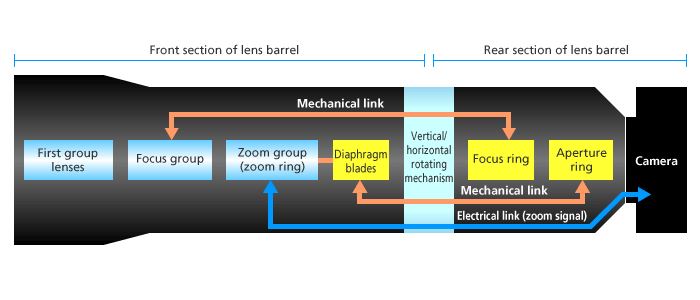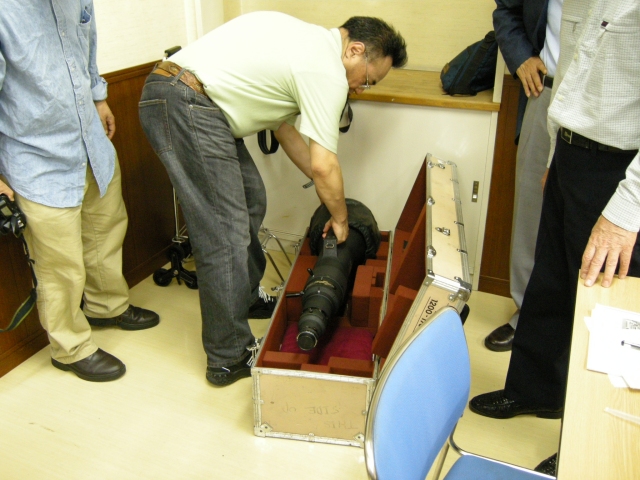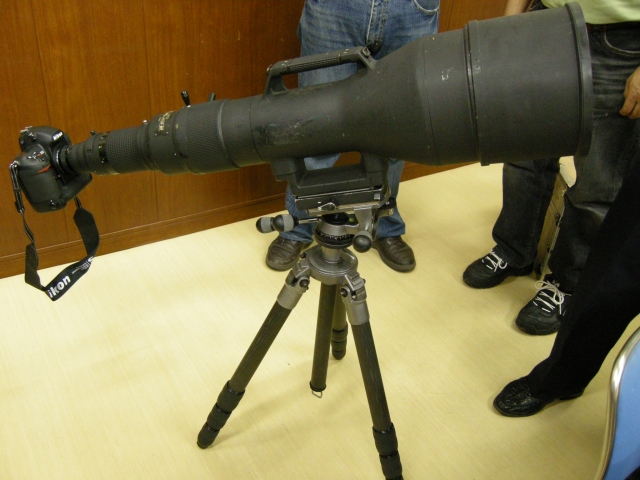The AI Zoom-Nikkor 1200-1700mm f/5.6-8P IF-ED lens is Nikon’s largest zoom lens ever. As known as the mother of all telephotos. Weighing 16kg and measuring 880mm in an overall length, was first used in 1990 at the Koshien Stadium, the baseball ground at which the spring high school baseball tournament is staged. You may think the newly announced AF-S Nikkor 800mm f/5.6E FL ED VR is big, but this 1200-1700mm lens is a monster.
Photos | Specifications | Sample Images | Unboxing | Aim
Zoom-NIKKOR 1200-1700mm Photos
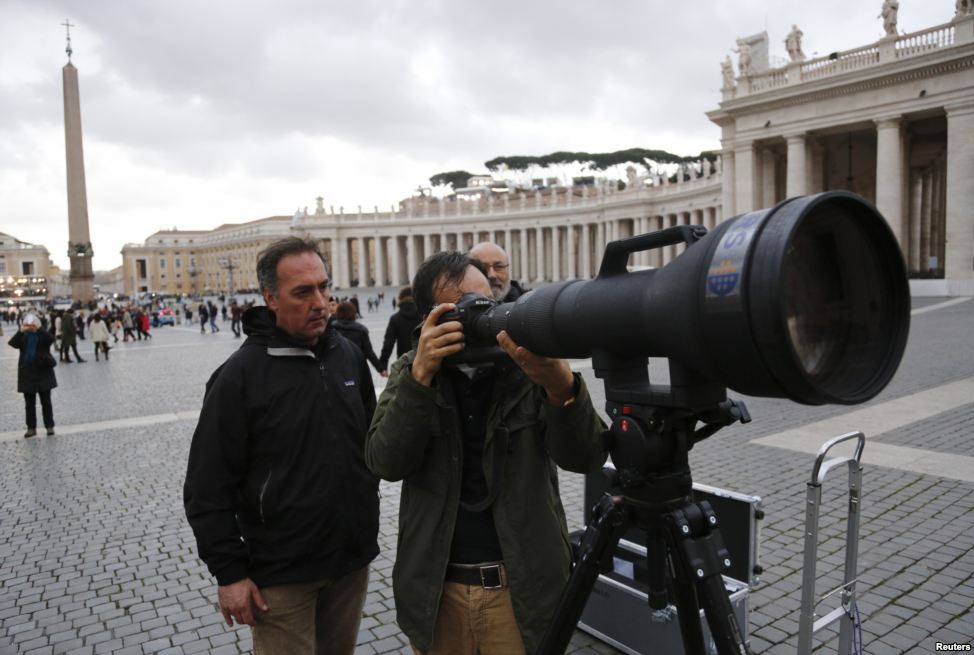
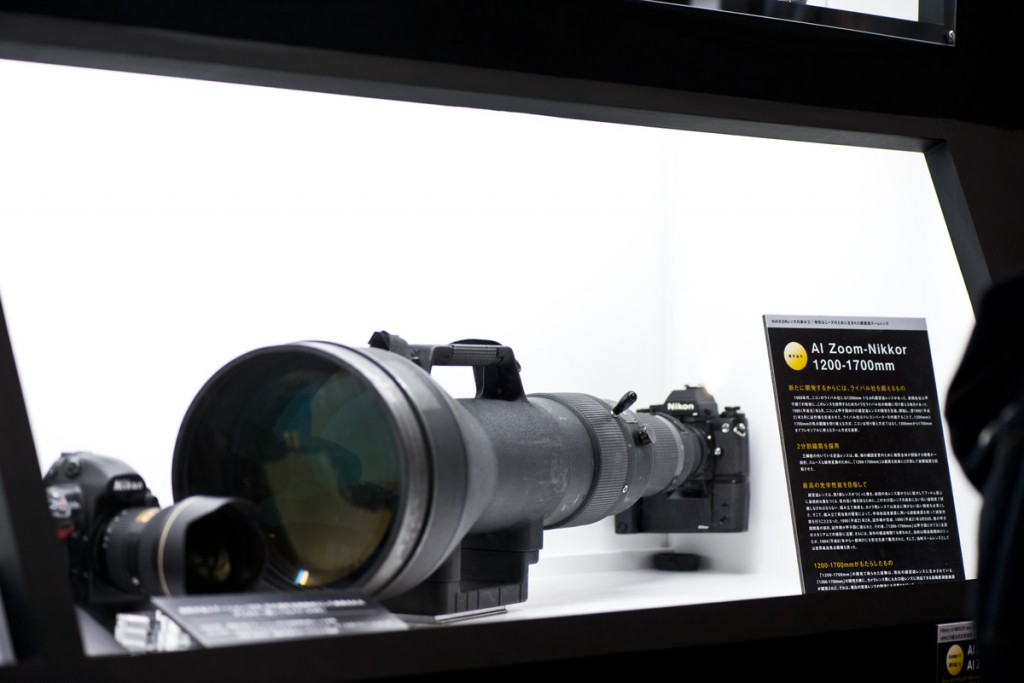
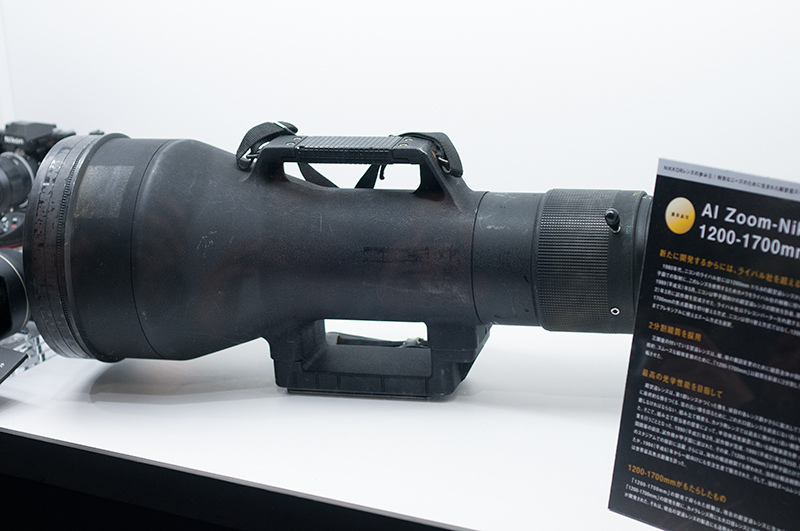
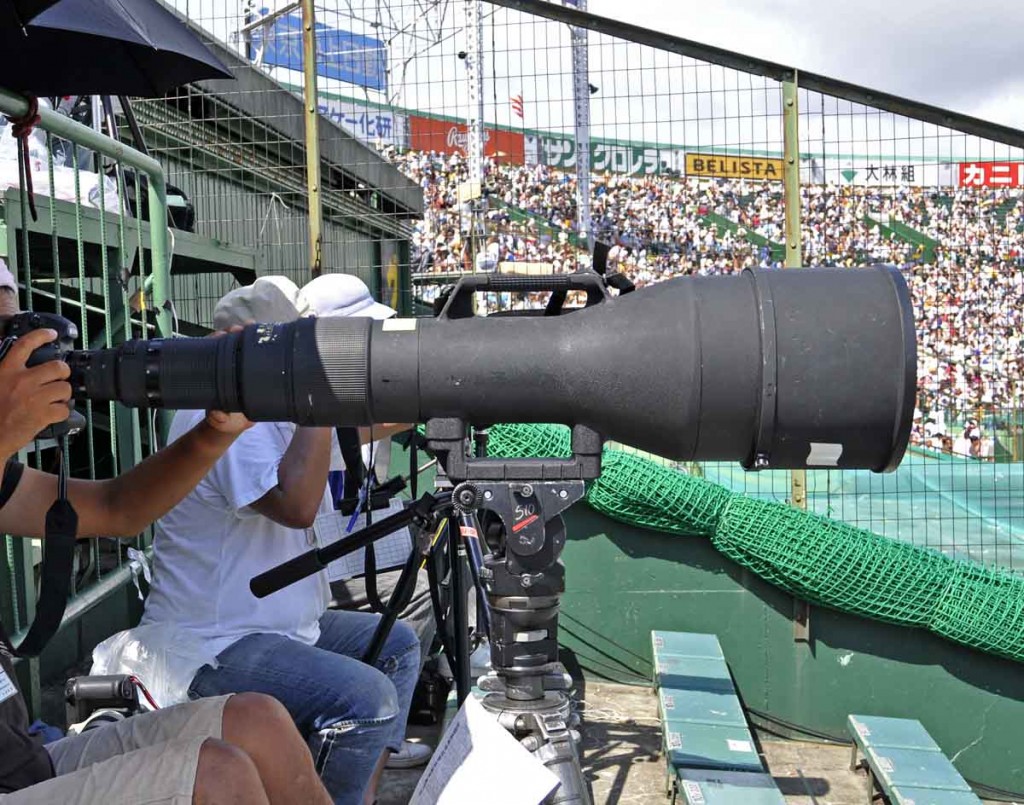
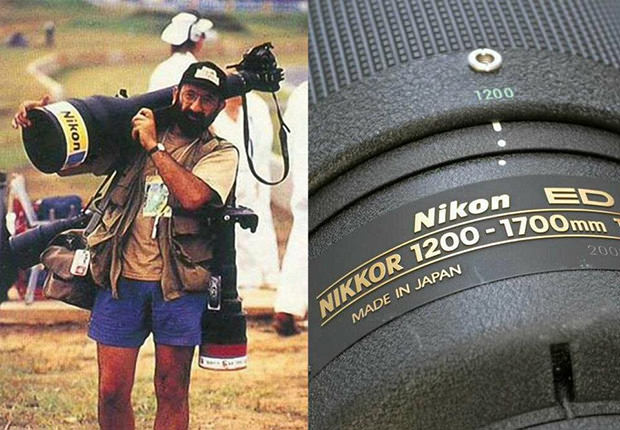

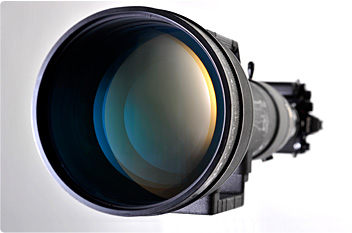
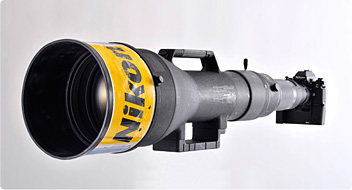
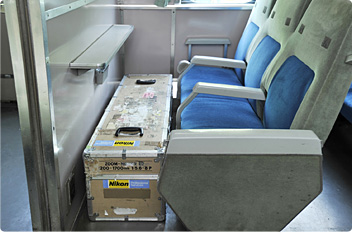
Zoom-NIKKOR 1200-1700mm Specifications
| Specs | |
|---|---|
| Lens construction | 18 elements in 13 groups (3 ED lenses) |
| Focusing and zooming control | Via dual rings, two removable quick zooming handles provided. |
| Picture angle (diagonal) | 2°-1°30′ |
| Lens Coupling | Ai-S |
| Number of diaphragm blades | 9 |
| Closest focusing distance | 10m |
| Tripod Mount | Mounting Collar Supplied |
| Filters | 52mm rear drop in |
| Front lens cap | Slip on type |
| Lens shade | Built-in |
| Case | CT-1217 metal case |
| Size | 237mm x 880mm |
| Weight | 16,000g |
| Made In | Japan |
Configuration diagram for the 1200-1700mm Mechanical and electrical links between the two sections of the lens barrel span the vertical/horizontal rotating mechanism. The rotation of the focus ring is converted into front-to-back motion, which is transmitted to the focus group.
Zoom-NIKKOR 1200-1700mm Sample Images
Comparison photos taken from 130 meters away. The top image was taken with a 50mm lens, the middle image with a 1200mm focal length (the distance between the two subjects is 18 meters—similar to the distance between pitcher and home plate). The bottom image was taken at 1700mm.
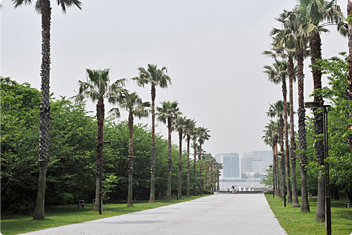

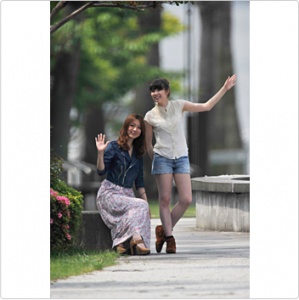
Zoom-NIKKOR 1200-1700mm Unboxing
In June 2008, Akiroom.com unboxed the Nikon 1200-1700mm lens. Below are some pictures about this lens:
Zoom-NIKKOR 1200-1700mm Aim
Each successive lens group along the length of the super telephoto lens further enlarges the image created by the first lens group, and the final image is created on the surface of the film. If the first lens group produces a low-quality image, that poor image will be enlarged and the resulting picture will inevitably be of low quality. The largest lens in the first lens group in the 1200-1700mm has a diameter aperture of 200 mm. In order to obtain high-quality images, the surface of this large-diameter lens had to be polished to a hitherto unprecedented degree of precision. This represented a considerable challenge for Nikon’s lens polishers at the time. However, when it was explained to them that the goal was to outdo Nikon’s competitor, they naturally buckled down to the task.
At the assembly stage too, an unprecedented level of precision was required with regard to the camera lenses. Accordingly, at the suggestion of the person in charge of assembly, adjustments were carried out using equipment used to adjust IC steppers and scanners. The technology of IC steppers and scanners—dubbed the “most precise machines in history”—was thus applied to the 1200-1700mm. Given the hectic production schedule for IC steppers and scanners, however, the development team was only permitted to use the adjustment equipment for a single day. With no time to spare to redo any of the work, the operation was completed in a highly tense atmosphere.
The prototype was completed in February 1990. All processes (including the optical design, mechanical design, lens processing, working of the metallic components, assembly, and adjustment) were carried out without any major hitch and trial production was completed in short order. The prototype was then subjected to rigorous testing (including photographic tests), which represented the final stage in the completion of the prototype of the super telephoto lens—the highest-precision Nikon lens at that time.
via: Exblog, Petapixel, Mir, Nikon, Akiroom

